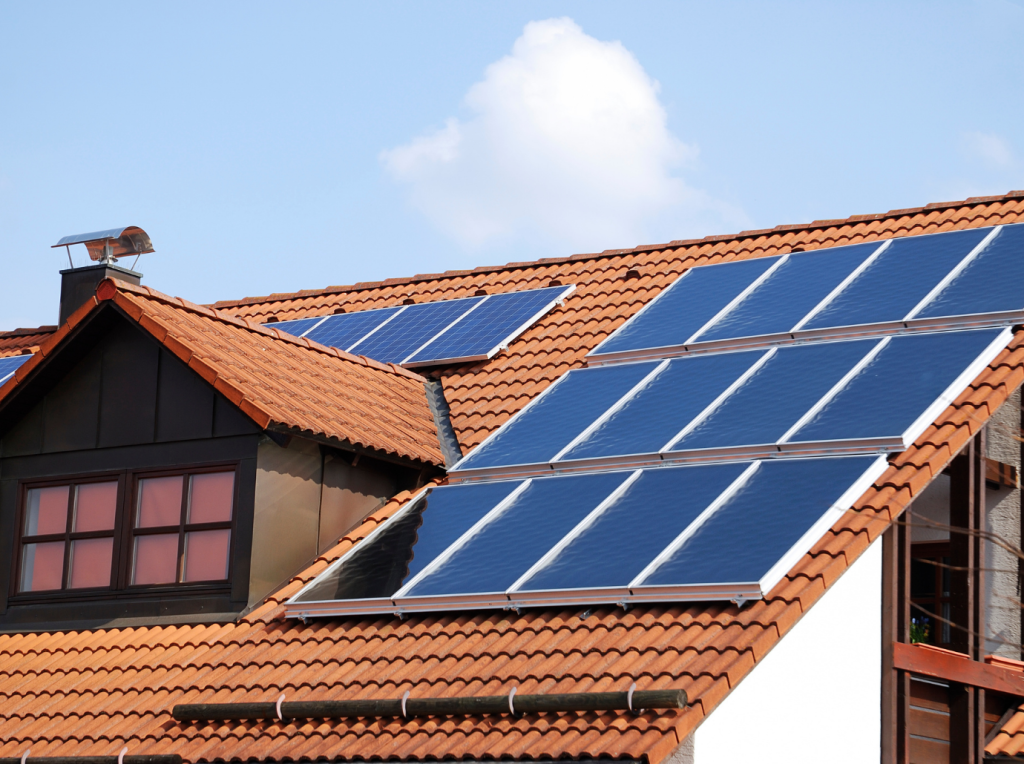
Solar panel installation is more than choosing a brand; it starts with the correct size. That initial decision will determine […]

As energy prices grow and sustainability becomes a global concern, solar power has evolved as one of the renewable energy sources that are most widely employed. Among the many system sizes available for households and small businesses, the 5-kW solar system is a cost-effective and energy-efficient alternative.
However, one of the most often-asked questions is:
“How Many Solar Panels Are Required for a 5 kW System?”
In this guide, we’ll explain everything you need to know to answer that question clearly, including panel wattage, space requirements, daily output, and other key factors influencing system design and performance.
A 5 kilowatt (kW) solar system can generate up to 5 kilowatts (or 5,000 watts) of electricity under ideal conditions. This size is commonly installed in homes or small offices and can produce enough energy to cover the average electricity consumption of a medium-sized household.
The wattage of each solar panel determines the number of solar panels required. This is a basic formula:
Total system capacity (W) ÷ panel wattage (W) equals the number of panels.
For instance:
So, depending on the wattage of each panel, a 5-kW solar system typically requires between 12 and 20 panels.
When planning a solar power system, the number of panels required depends on the wattage of each panel. Below is a breakdown of typical panel wattages and the approximate number of panels needed to achieve a total system size of 5 kilowatts (kW):
| Panel Wattage | Number of Panels for 5 kW System |
|---|---|
| 250 W | 20 |
| 300 W | 17 |
| 350 W | 15 |
| 400 W | 13 |
| 500 W | 10 |
Note: Higher-wattage panels produce more power per panel, making them more efficient and saving space on your roof. However, these panels typically have a higher upfront cost. Choosing the right panel wattage depends on your budget, available installation space, and energy needs.
The number of panels directly affects the amount of roof space you’ll need.
Here’s an estimate:
Remember, panel placement, tilt, shading, and local conditions can impact space needs.
This depends on sunlight availability, which varies by location and season. However, there’s a general rule of thumb:
A 5-kW solar system can produce 20–25 kWh per day on average.
It could reach 30 kWh/day in sunny regions, while output may drop in cloudy or shaded areas.
Monthly & Annual Output:
This output is sufficient to meet the needs of an average 2–4 person household.
Solar panel efficiency is heavily influenced by:
In the Northern Hemisphere, south-facing panels perform best. In the Southern Hemisphere, north-facing is ideal.
You can pair the system with battery storage to store solar energy for nighttime use or as a backup.
Popular options include:
A 5 kW solar system pairs well with a 10–15 kWh battery, depending on your daily usage and backup requirements.
Most homeowners choose grid-tied systems for affordability and simplicity.
The price of a 5 kW solar system in Australia typically ranges from AUD 4,000 to AUD 8,000. The final cost depends on several factors, including the quality of solar panels, the type and efficiency of the inverter, the complexity of the installation, and the installer’s fees.
Additionally, Australian homeowners may benefit from government incentives such as the Small-scale Renewable Energy Scheme (SRES), which provides Small-scale Technology Certificates (STCs) to help reduce the upfront cost.
Some states and territories also offer additional rebates or interest-free loans to make solar more affordable.
These incentives can significantly lower the overall cost, making solar power a more accessible and cost-effective option for many Australian households.
A standard 5 kW solar setup includes:
Choose components from reliable brands like:
This system size is ideal if:
If your usage is higher or you plan to power large appliances (like EV chargers, heaters, or pool pumps), you might consider a larger system (6–10 kW).
Feature Detail
A 5-kW solar system is one of homeowners’ most popular and practical options.
By choosing the right number of high-efficiency panels and considering your local sunlight conditions, roof space, and energy goals, you can create a system that pays for itself in savings over time.
Whether going green, cutting your bills, or investing in future energy independence, knowing how many panels you need is the first step toward a brighter, solar-powered future.